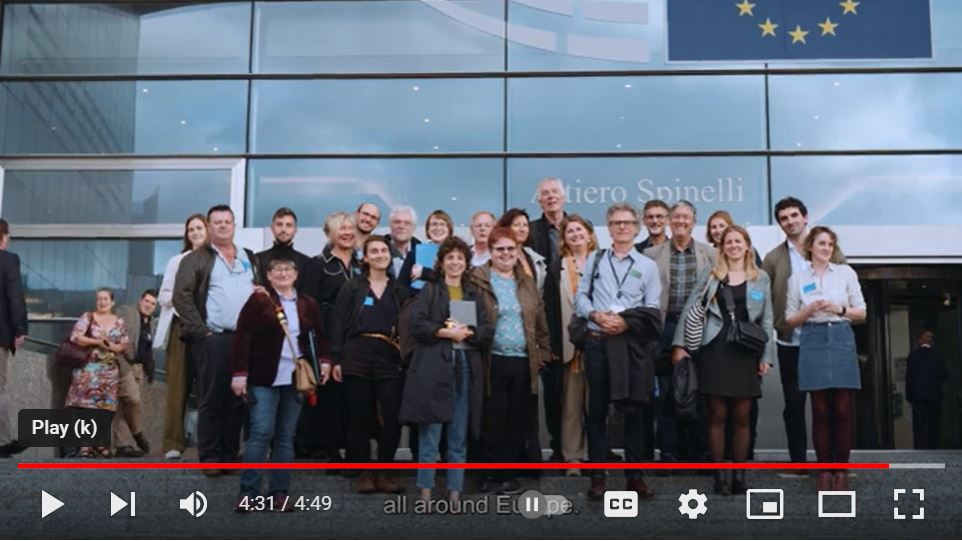This summary covers recommendations for new strategies and approaches to be developed by each of the countries involved, building on input from the review of existing peatland restoration strategies and approaches in NWE, input from 5 stakeholder workshops carried out at national level in Belgium, France, Ireland, the Netherlands and the United Kingdom and a transnational workshop in the European Parliament in Brussels combined with new opportunities and results from 5 pilot projects.
Policy recommendations for 6 key areas to restore and protect European peatlands
- Peatland Strategies
Introduce low carbon labels, enforce peatland protection legislation, develop peatland restoration and conservation strategies, include peatlands in biodiversity and greenhouse gas reduction strategies - Payment of Peat
Develop carbon credit frameworks, monetise carbon storage, facilitate payment for ecosystem services, support local communities financially, support subsidies and just transition payments. - Promote and Recognise
Use peatlands as a multi-benefit resource, promote peatlands as nature-based solutions and unique ecosystems, need greater commitment from government, promote peatlands as carbon sinks and for rewetting and restoration. - Educate and Inform
Offer diplomas in peatland management, public peatland information sessions, support peatland research, collect and provide data on peatlands, improve stakeholder cooperation, and include communities. - Conserve and Restore
Preserve peaty soils and prevent carbon loss, develop networks of protected peatlands, land acquisition of high value peatlands, rewet peatlands and improve hydrology, and create climate buffers. - Land Use and Farming
Offer support for paludiculture, peat-free horticulture, carbon farming, fast-tracking restoration, banning peat imports and exports, and integrate land use policies to support peatland restoration.
National Peatland Policy Recommendations
Belgium
- Preserve peatly soils to prevent carbon loss
- Restore peat areas by rewetting
- Impose measures and allocate funding
France
- Update the inventory of peatlands
- Assess carbon stock and GHG emissions from peatlands
- Obtain a low carbon label for peatland restoration
Ireland
- Develp a framework to encourage carbon sequestration for peatlands
- Update the national peatlands strategy
- Enhance knowledge through research and education
Netherlands
- Start pilots (climate buffers) where there is support and funding
- Make better use of business models and scale up
- Government mandate for peat rewetting
United Kingdom
- Clarity around post-Brexit commitments to support restoration
- Support peat-free horticulture and phase out peat based products
- Promote knowledge exchange between stakeholders

